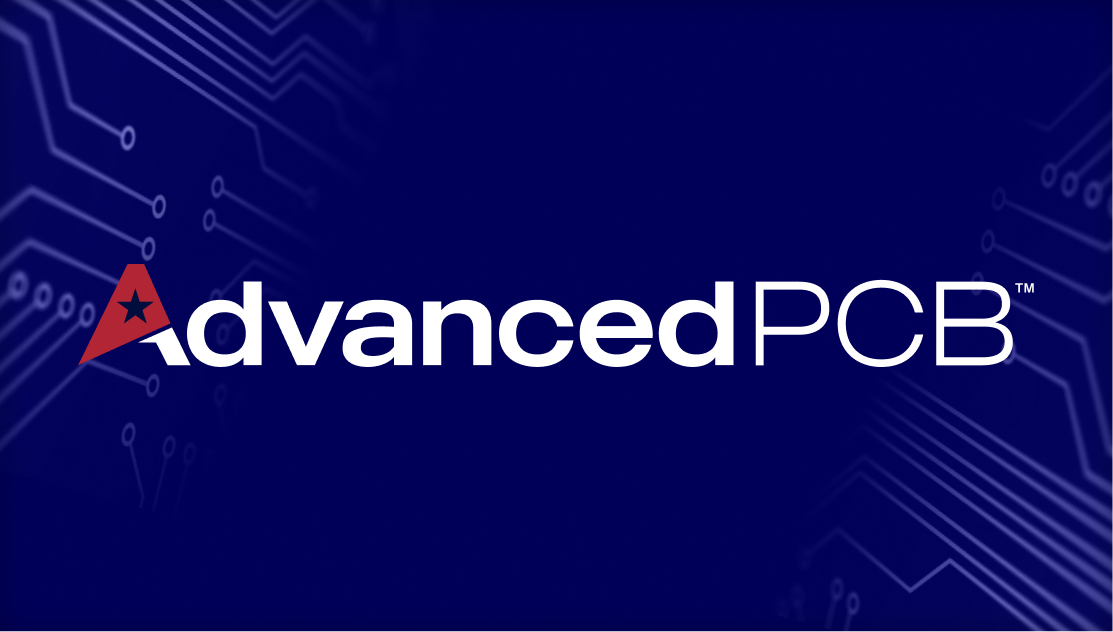Circuit Boards: A Guide to Choosing Materials

At AdvancedPCB, we offer critical solutions for clients in virtually every industry, from prototyping to final products. Whether you have ultra-demanding requirements or simply need a partner capable of producing a single design one time, we can help. One important aspect of designing circuit boards is choosing the right material.
A range of different materials can be used when manufacturing circuit boards. However, they are not all the same. Each material brings something different to the table in terms of performance, tolerances, durability, and more. An informed decision here will maximize performance and durability, reduce weight, and ensure that your design performs to expectations.
Board Types
Circuit boards come in a wide range of types and are classified by component location, stack-up, design, bendability, strength, and electrical functionality. Before choosing a material, make sure you know which classification your design falls into, as this will affect material choices and other decisions.
FR-4
FR-4 is a commonly used material in the design of circuit boards. It is actually made of fiberglass (technically a glass-reinforced epoxy laminate), which means it is relatively lightweight and affordable. For this reason, it is often used in lower-end consumer electronics. The letters FR indicate that this material is also flame retardant, which can be important in applications where heat dispersal is a consideration. It is also known for its high mechanical values, as well as its ability to insulate and perform well even in more humid conditions. However, it may not have the thickness, durability, or capacity for higher-end or higher-performance applications.
When to use it: use FR-4 material in products where cost is a consideration, but you want effective performance across a wide range of applications. Typically, you’ll find FR-4 used in substrate/laminate boards. We recommend it for standard circuit boards.
Rogers Material
The Rogers company also manufactures material for circuit boards. The company offers several options, but one they are best known for is PTFE (Teflon). Teflon costs more than FR-4, but it provides better performance for RF circuit boards because it has a lower signal loss rate. Other advantages include a wide range of dielectric constant values, improved management of heat, and better control over impedance. The trade-off is the higher cost, coupled with slightly more weight.
When to use it: use this material in applications where power management is important, as well as where RF, microwave, or high-performance functionality are necessary. Note that this is a good material for mobile use, too. Typically used in laminate boards, we recommend this option for high frequency, microwave, and high-power situations.
Metal
Metal is an option for the base of circuit boards. So-called “metal core” boards offer greater heft, but also provide better durability and strength. Most are made from aluminum, but alloys exist that can be used instead. Typically, these boards feature the metal base layer, a second layer of conductive dielectric material, and then the final layer of copper on the top. Metal core circuit boards are widely used in solid-state applications, and in use cases where ceramic substrates cannot be used.
When to use it: metal core circuit boards are well-suited for LED applications, but can also be used for other lighting applications, and they also play a role in automotive electronic design.
HDI
HDI, or high-density interconnector, is yet another option for circuit board design. The name says it all – this material offers a high line distribution density and is often used in situations where designers need to reduce weight and size without sacrificing electronic performance. HDI can make use of blind and buried vias, as well as microvias, vias in pad, and through vias from surface to surface.
When to use it: use HDI where density is a consideration, as well as when size and weight are serious concerns. Note that HDI also offers reduced heat transfer included stress.
High Tg
As the temperature of the circuit board and surrounding environment rises, the material of the board’s base layer actually shifts states. The higher the temperature at which the material can remain rigid, the better performing the material will be for board design. Of course, in low-temperature environments, this is not much of a concern. However, with high-temperature environments, the glass-transition temperature (Tg) is important. High Tg materials offer the temperature resistance required for these applications, and they are beginning to be more commonly used across industries.
When to use it: high Tg materials are all about heat control, so this material is well-suited for designs where stability at high temperatures is critically important. We recommend this material for high density needs.
A Note on Solder and Toxicity
Soldering circuit boards can expose you to lead-carrying fumes (lead is sometimes contained within solder). Since any circuit board will require soldering, always solder boards in a well-ventilated area, while wearing appropriate protective gear.
A Full Range of Capabilities for Circuit Boards
At AdvancedPCB, we offer an end-to-end service for your needs in designing and manufacturing circuit boards. From choosing the right material to determining the right number of layers to full PCB assembly, we offer fast turnarounds and affordable pricing. No order is too large or too small. All circuit boards are manufactured within one of our US-based locations, which allows us to manufacture circuit boards for virtually alllayout projects, including DOD contracts.
Layout and Design Help for Circuit Boards
We believe in giving our customers every advantage possible. We understand that designing circuit boards can be incredibly complex, time-consuming, and frustrating. To help ease that burden, we offer free access to PCB Artist — our intuitive, unrestricted PCB design software — to walk you through the entire design process. Create designs of up to 28 layers, import from Eagle, and access a library of over half a million parts all in one place.

AdvancedPCB
Related Posts

Future trends of the circuit board

2-Layer vs. 4-Layer Printed Circuit Boards



